How does public water use influence the amount of phosphorus in the environment?
New research looks at how phosphorus accumulates in public water systems in the USA.
11/04/2023 By BGS Press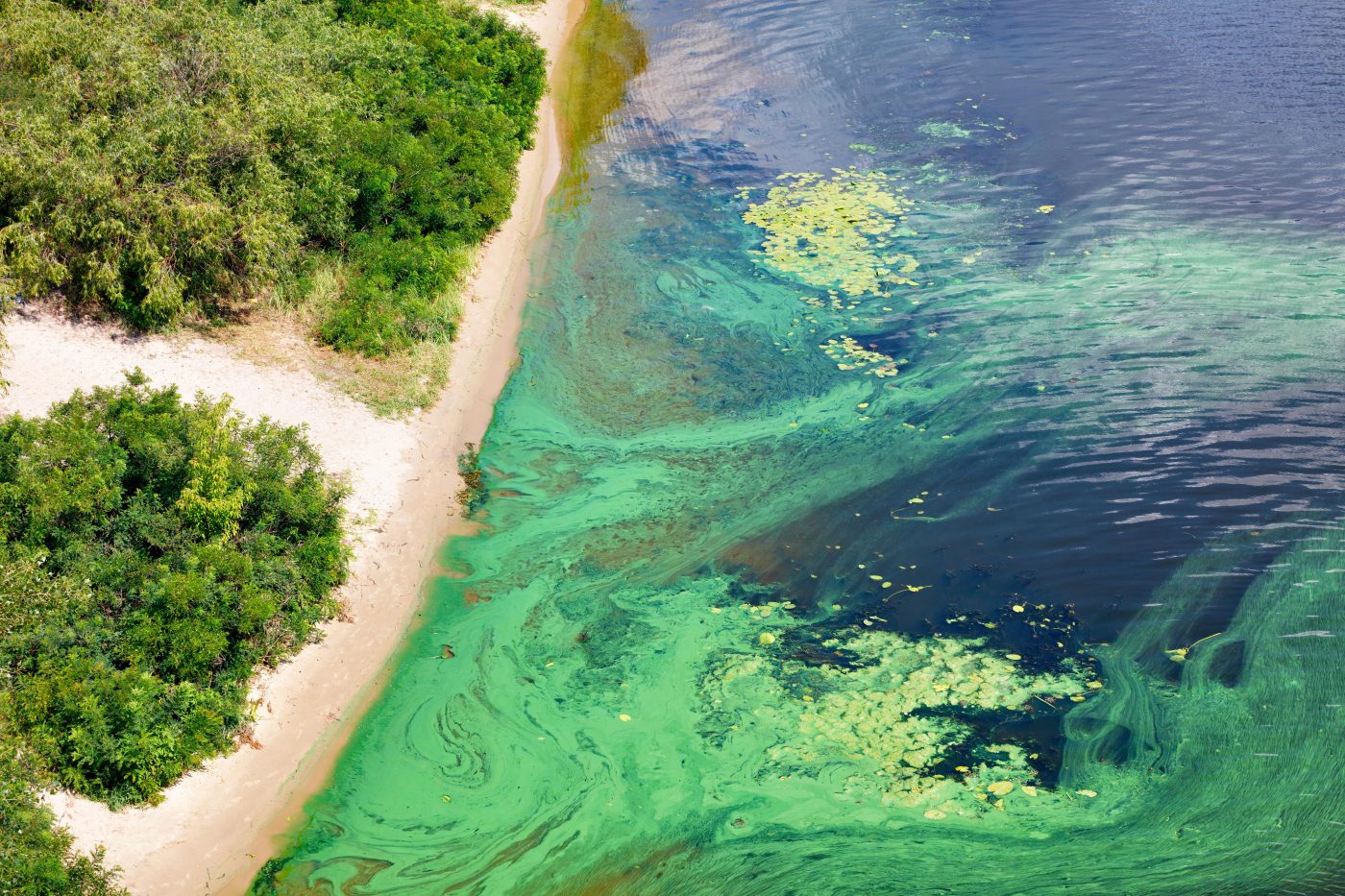
Human activity has led to excess phosphorus concentrations and the continued over-enrichment of coastal and fresh waters across the United States. Alongside colleagues from Union College in New York and Lancaster University, BGS scientists are researching the biogeochemical cycling (how specific chemicals cycle through the biological and geological components of the Earth) of nutrients in aquatic environments in the USA.
What is eutrophication?
Eutrophication is the process by which water becomes progressively enriched with minerals and nutrients, for example phosphorus and nitrogen. It can affect both coastal and fresh waters and can be caused by excess phosphorus entering the water system. Natural eutrophication is a very slow process, but it can occur much more rapidly when pollution accumulates from human sources such as sewage and fertilisers. Eutrophication can cause harmful algal blooms, leading to oxygen depletion in the water and damage to local ecosystems.
Previous and new research
This new research follows on from studies initially undertaken in the UK in 2016 (Gooddy et al., 2015; Ascott et al., 2016) that looked at mains water leakage and the associated inputs of phosphate that this causes. However, these studies only considered mains water leakage: the new study employs an innovative way of determining previously unaccounted-for phosphorus sources at a much bigger scale. It estimates, for the first time, the amount of phosphorus that enters the environment from the US public water supply.
Phosphorus in US public water supplies
Public water systems across the United States widely dose water with phosphate (PO4) to control the corrosion of lead and copper within water distribution networks. When pipes leak or people water their lawns, this phosphate enters the environment and can find its way into rivers and groundwater. About 5 to 17 per cent of this phosphate-dosed water leaks out of water mains, whilst 5 to 21 per cent is used outdoors. In some parts of the US, the amount of phosphorus entering the environment from the water supply exceeds that coming from point sources like wastewater treatment plants, or from agriculture and fertilisers.
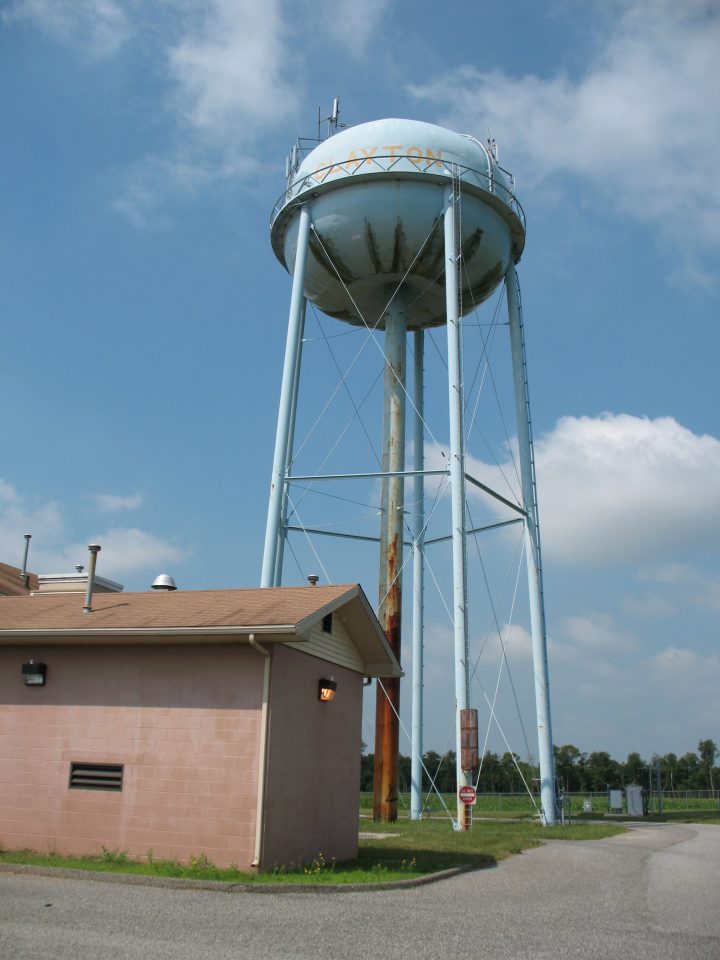
Water tower in Clayton, New Jersey. © USGS, public domain.
Developing a more effective phosphorus management policy requires a comprehensive understanding of phosphorus sources and routes into the environment, which are known as fluxes. These fluxes should be considered in relation to other sources of phosphorus in the aquatic environment (Gooddy et al., 2017) and can inform localised phosphorus management practices.
Future work
The next step is to look at carbon cycling and greenhouse gas emissions from water use in the US. A sister study, which was published by the same authors in 2022, looked at how water supply processes are responsible for significant nitrogen fluxes (Flint et al., 2022).
Researchers and funding
BGS is the lead on this research with PhD candidate Elizabeth Flint supervised by Dr Matthew Ascott and Prof Daren Gooddy. There has also been input to the work from Dr Mason Stahl from Union College, NY, USA and Dr Ben Surridge at Lancaster University, UK.
This work has been funded through ENVISION DTP with supervisor support provided through the BGS BUFI programme and National Capability funding through Groundwater Processes.
Further reading
References
Ascott, M J, Gooddy, D C, Lapworth, D J, and Stuart, M E. 2016. Estimating the leakage contribution of phosphate dosed drinking water to environmental phosphorus pollution at the national-scale. 2016. Science of the Total Environment, Vol. 572, 1534–1542. DOI: http://dx.doi.org/10.1016/j.scitotenv.2015.12.121
Flint, E M, Ascott, M J, Gooddy, D C, Stahl, M O and Surridge, B W J. 2022. Water supply processes are responsible for significant nitrogen fluxes across the United States. Global Biogeochemical Cycles, Vol. 36(9), e2022GB007340. DOI: https://doi.org/10.1029/2022GB007340
Flint, E M, Ascott, M J, Gooddy, D C, Stahl, M O and Surridge, B W J. 2023. Watermains leakage and outdoor water use are responsible for significant phosphorus fluxes to the environment across the United States. Global Biogeochemical Cycles, Vol. 37(3), e2022GB007614. DOI: https://doi.org/10.1029/2022GB007614
Gooddy, D C, Lapworth, D J, Ascott, M J, Bennett, S A, Heaton, T H E, and Surridge, B W J. 2015. Isotopic fingerprint for phosphorus in drinking water supplies. Environmental Science and Technology, Vol. 49(15), 9020–9028. DOI: https://doi.org/10.1021/acs.est.5b01137
Gooddy, D C, Ascott, M J, Lapworth, D J, Ward, R S, Jarvie, H P, Bowes, M J, Tipping, E, Dils, R, and Surridge, B W J. 2017. Mains water leakage: implications for phosphorus source apportionment and policy responses in catchments. Science of the Total Environment, Vol. 579, 702–708. DOI: http://dx.doi.org/10.1016/j.scitotenv.2016.11.038
Relative topics
Related news
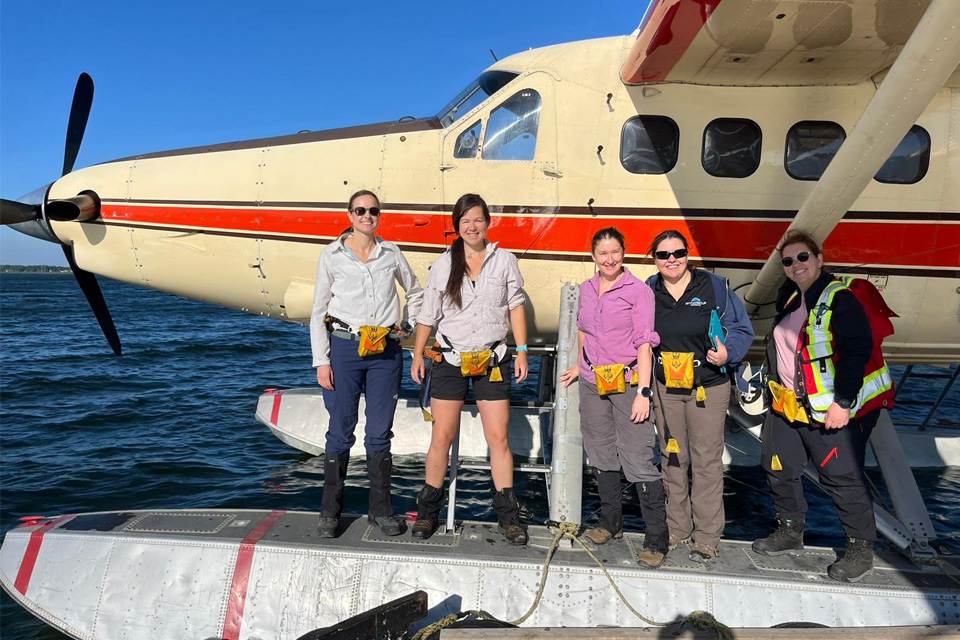
Funding awarded to UK/Canadian critical mineral research projects
08/07/2025
BGS is part of a groundbreaking science partnership aiming to improve critical minerals mining and supply chains.

Modern pesticides found in UK rivers could pose risk to aquatic life
17/06/2025
New research shows that modern pesticides used in agriculture and veterinary medicines have been found for the first time in English rivers.
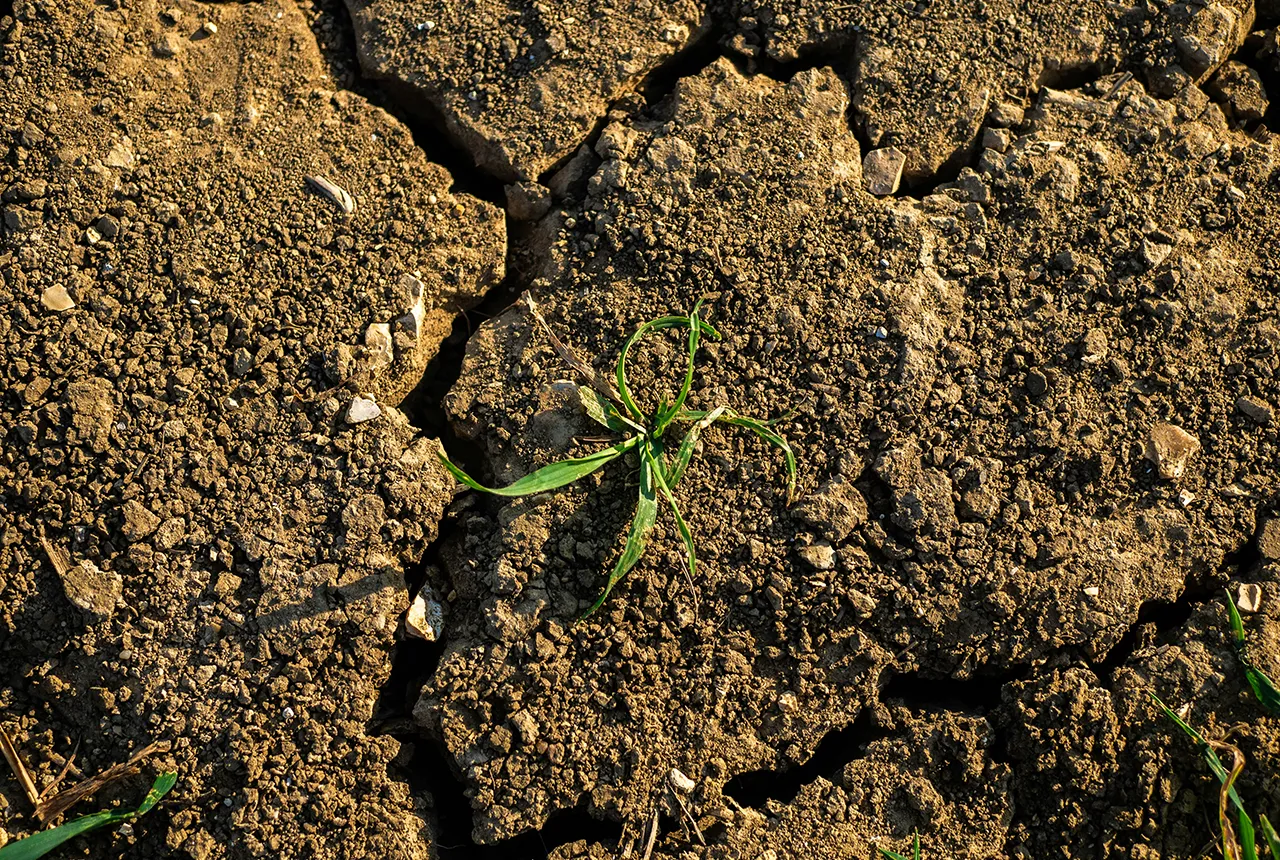
What is the impact of drought on temperate soils?
22/05/2025
A new BGS review pulls together key information on the impact of drought on temperate soils and the further research needed to fully understand it.
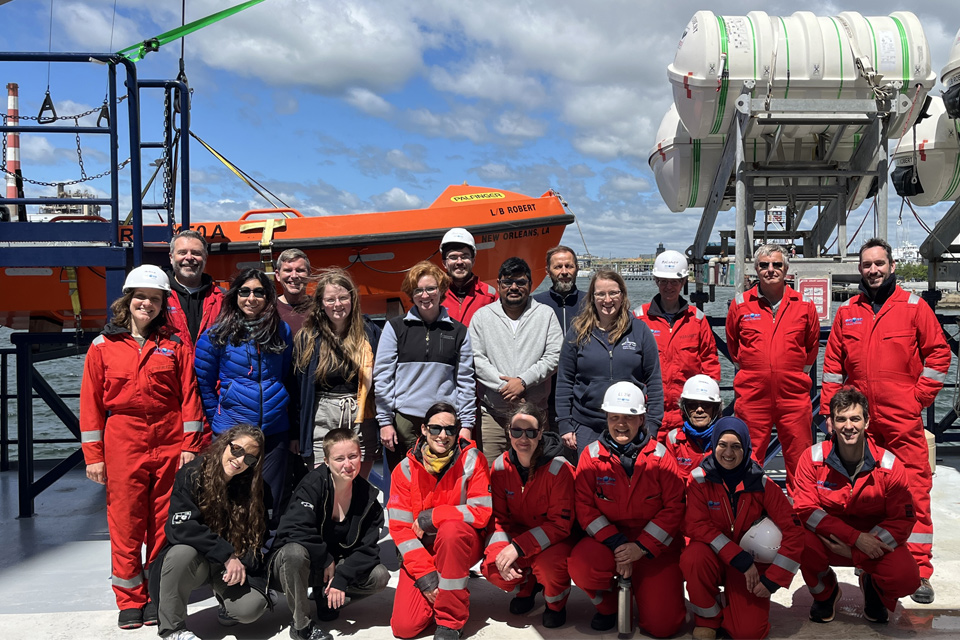
BGS scientists join international expedition off the coast of New England
20/05/2025
Latest IODP research project investigates freshened water under the ocean floor.
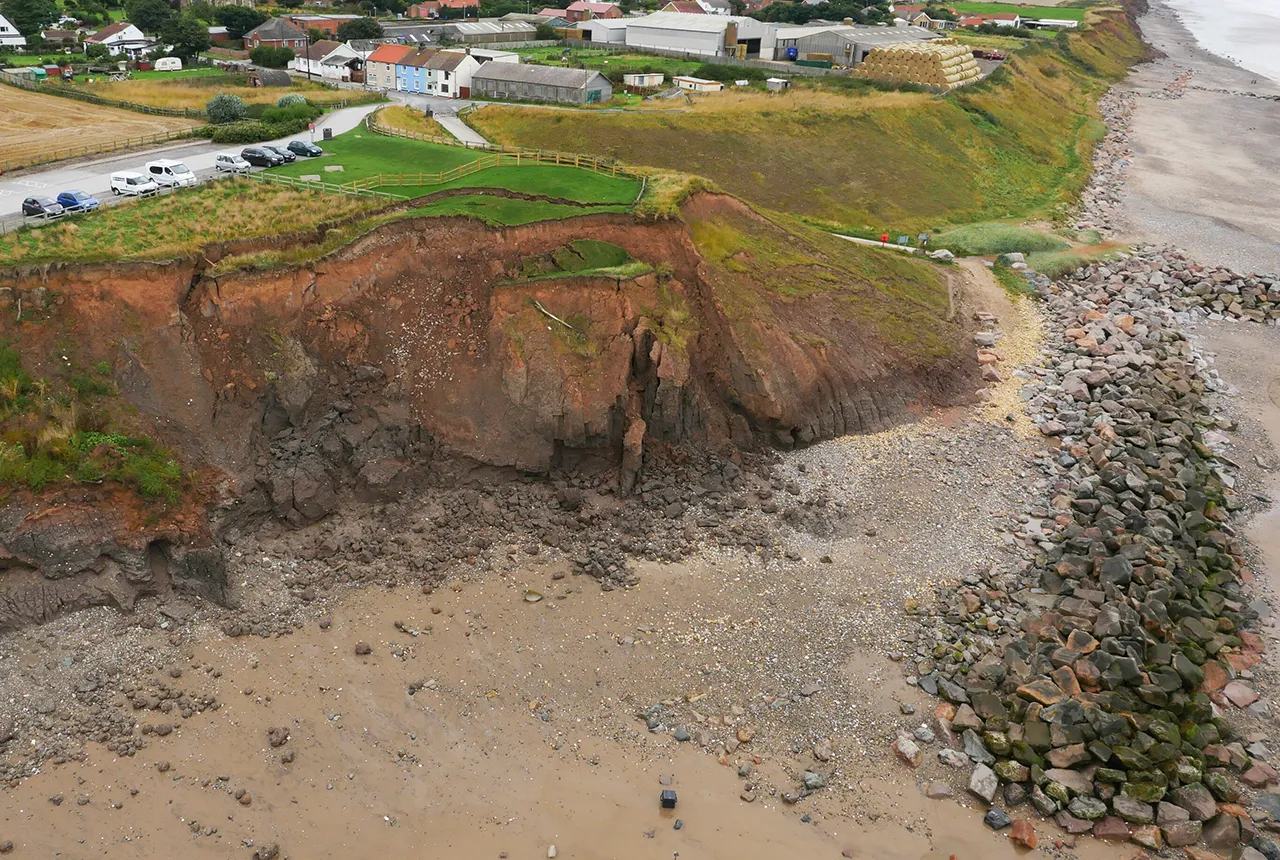
What does the next generation of coastal environmental models look like?
15/04/2025
A new tool is now available that has been designed to help coastal engineers and practitioners better manage the compound risk of coastal erosion and flooding.
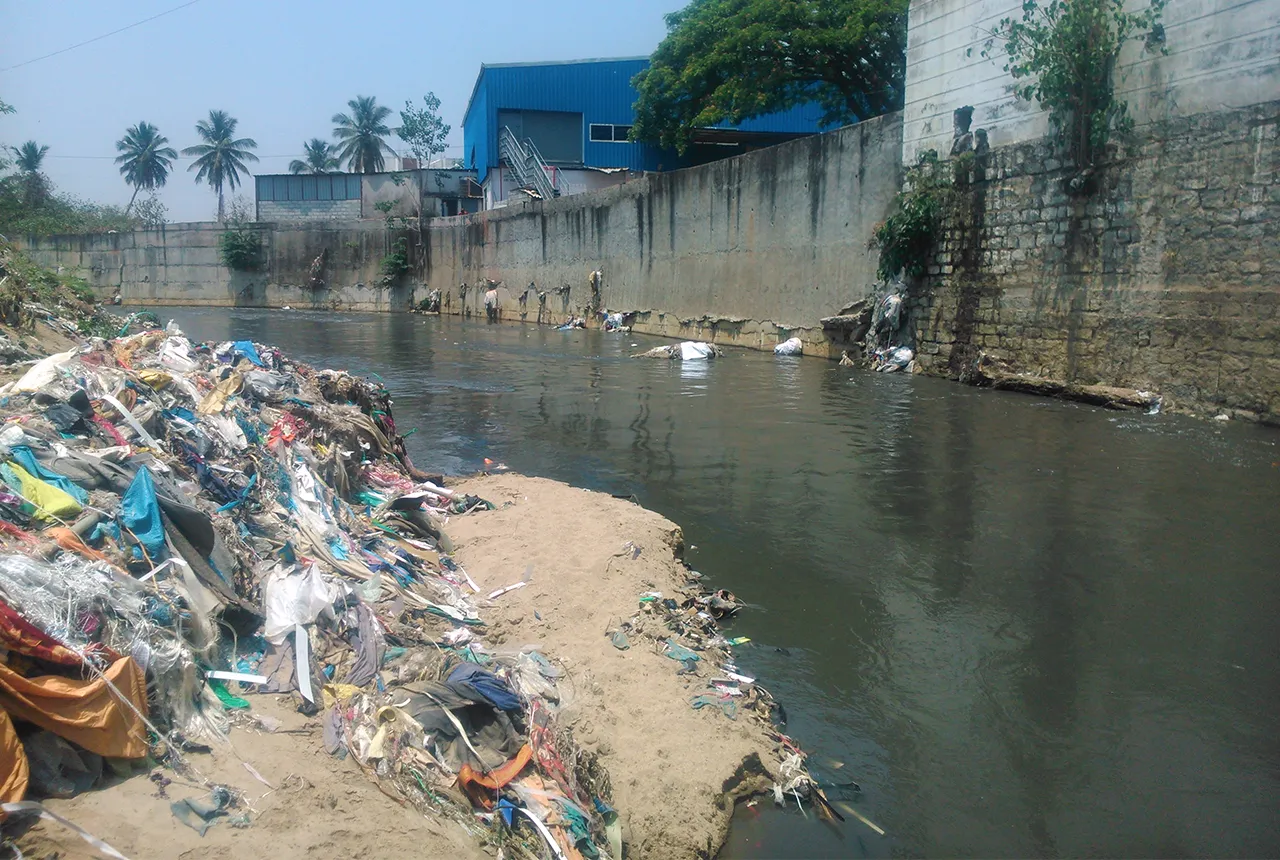
Presence of harmful chemicals found in water sources across southern Indian capital, study finds
10/03/2025
Research has revealed the urgent need for improved water quality in Bengaluru and other Indian cities.
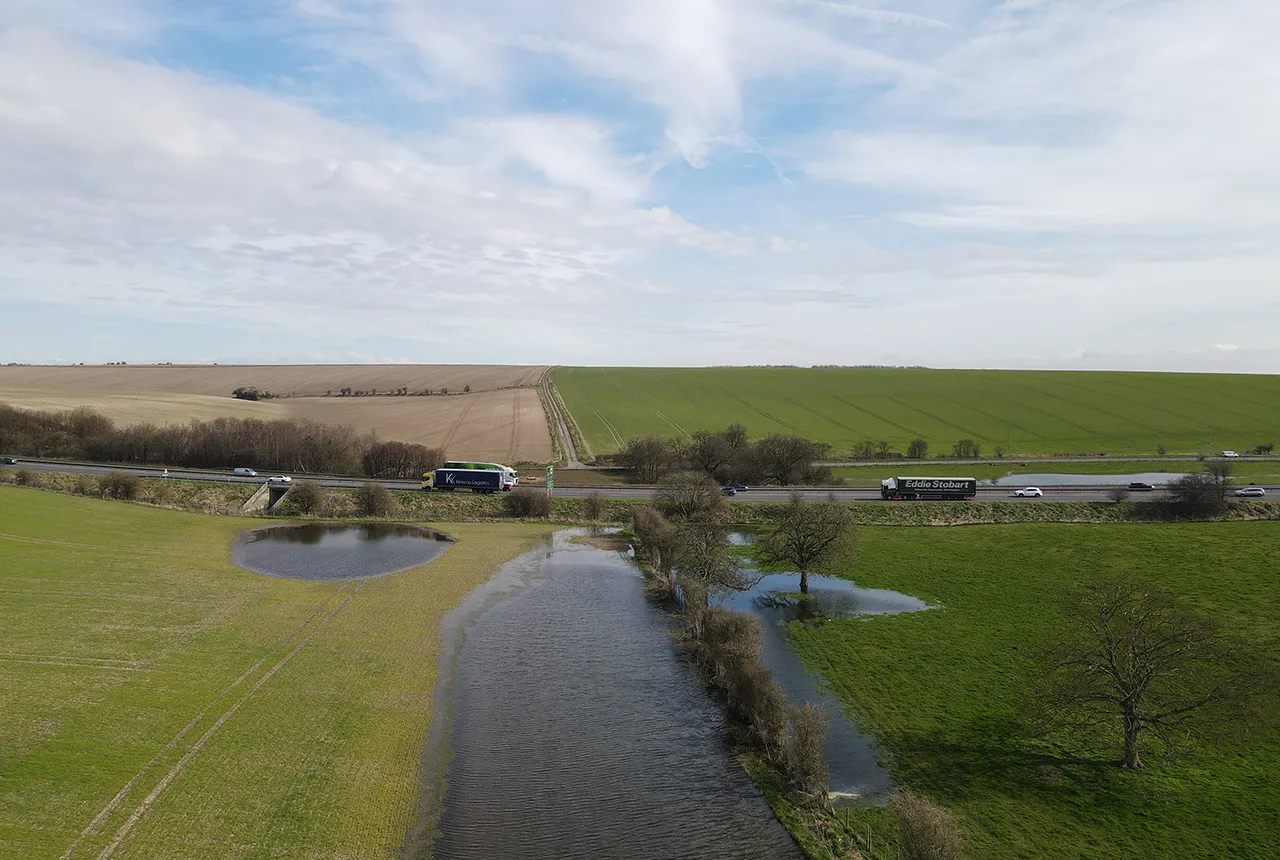
Pioneering tool expanding to analyse agricultural pollution and support water-quality interventions
06/02/2025
An online tool that shows which roads are most likely to cause river pollution is being expanded to incorporate methods to assess pollution from agricultural areas.
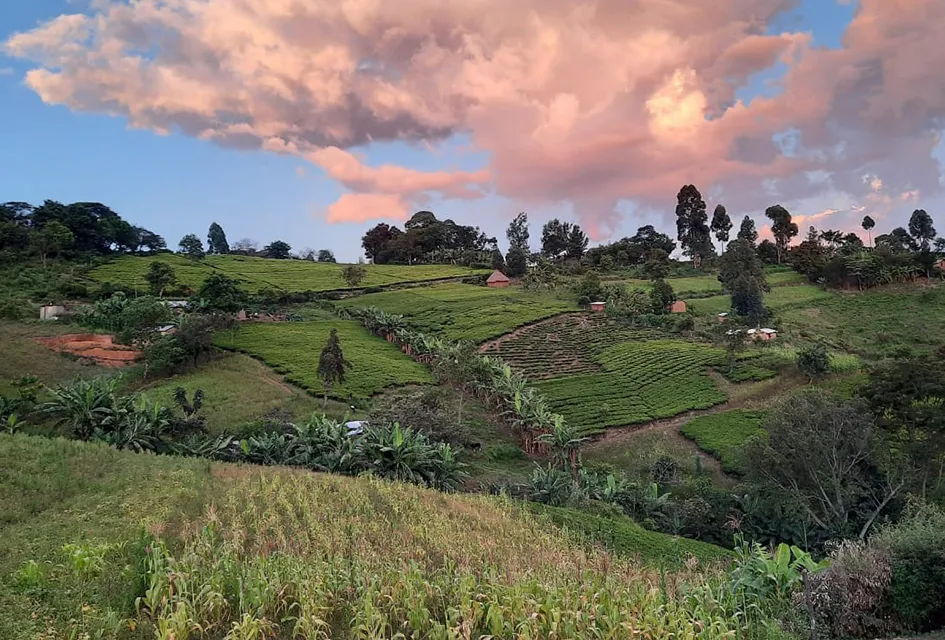
Dynamics of land-to-lake transfers in the Lake Victoria Basin
09/12/2024
In June 2024, a UK/Kenya research team shared research findings from a collaborative, four-year field and experimental programme within Kenya.
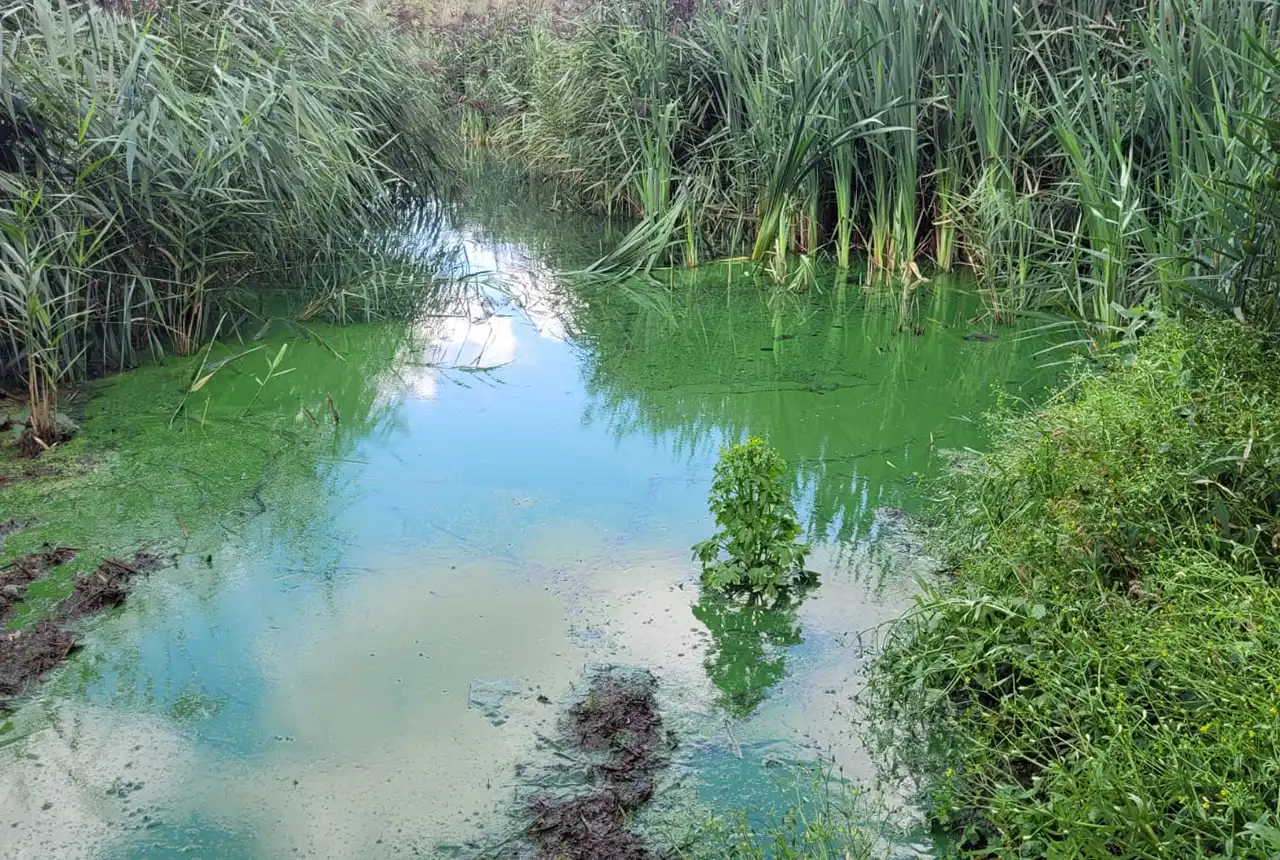
Studying oxygen isotopes in sediments from Rutland Water Nature Reserve
20/11/2024
Chris Bengt visited Rutland Water as part of a project to determine human impact and environmental change in lake sediments.
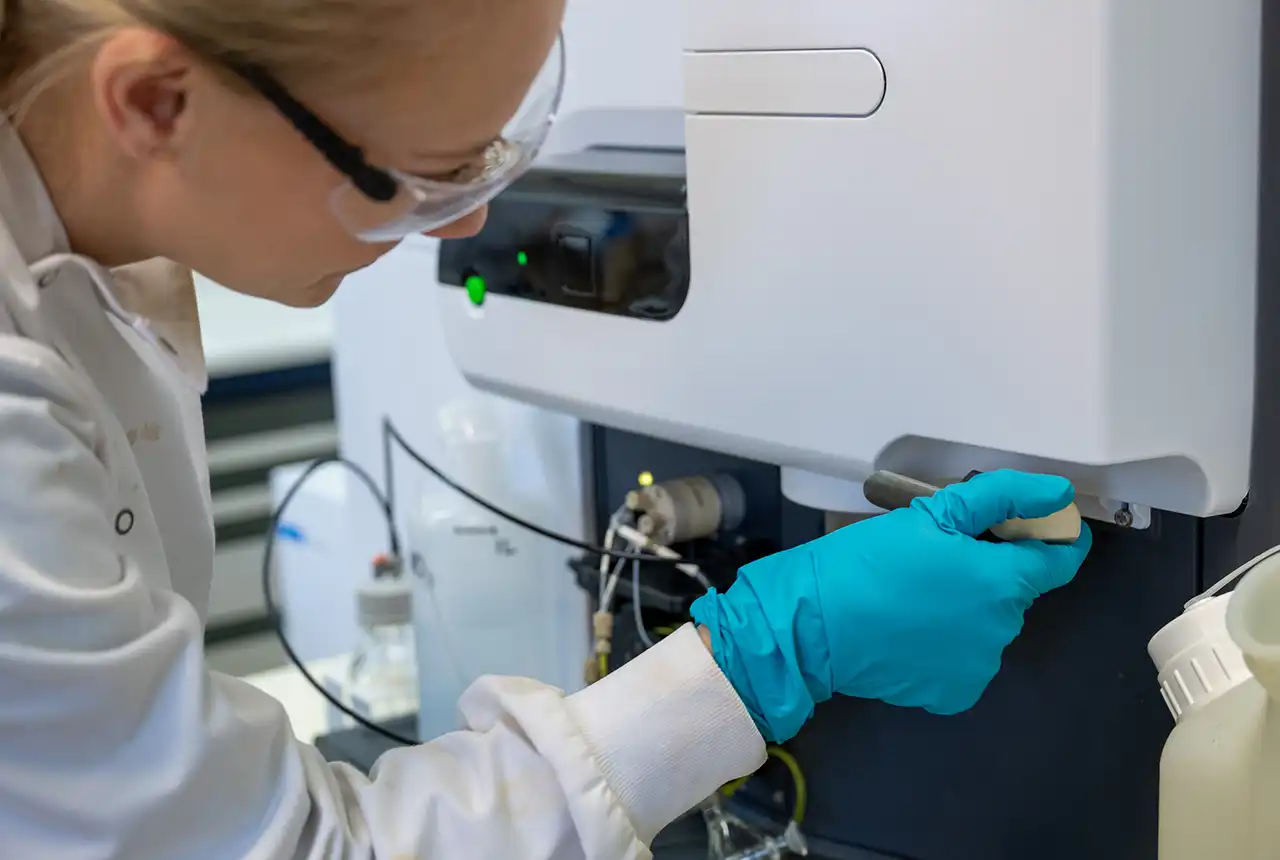
BGS chemists involved in new project developing early detection test for bladder cancer
15/10/2024
BGS is combining its expertise with researchers from Queen’s University Belfast, the University of Dhaka and the International Agency for Research on Cancer to further develop a urine-based early detection test.
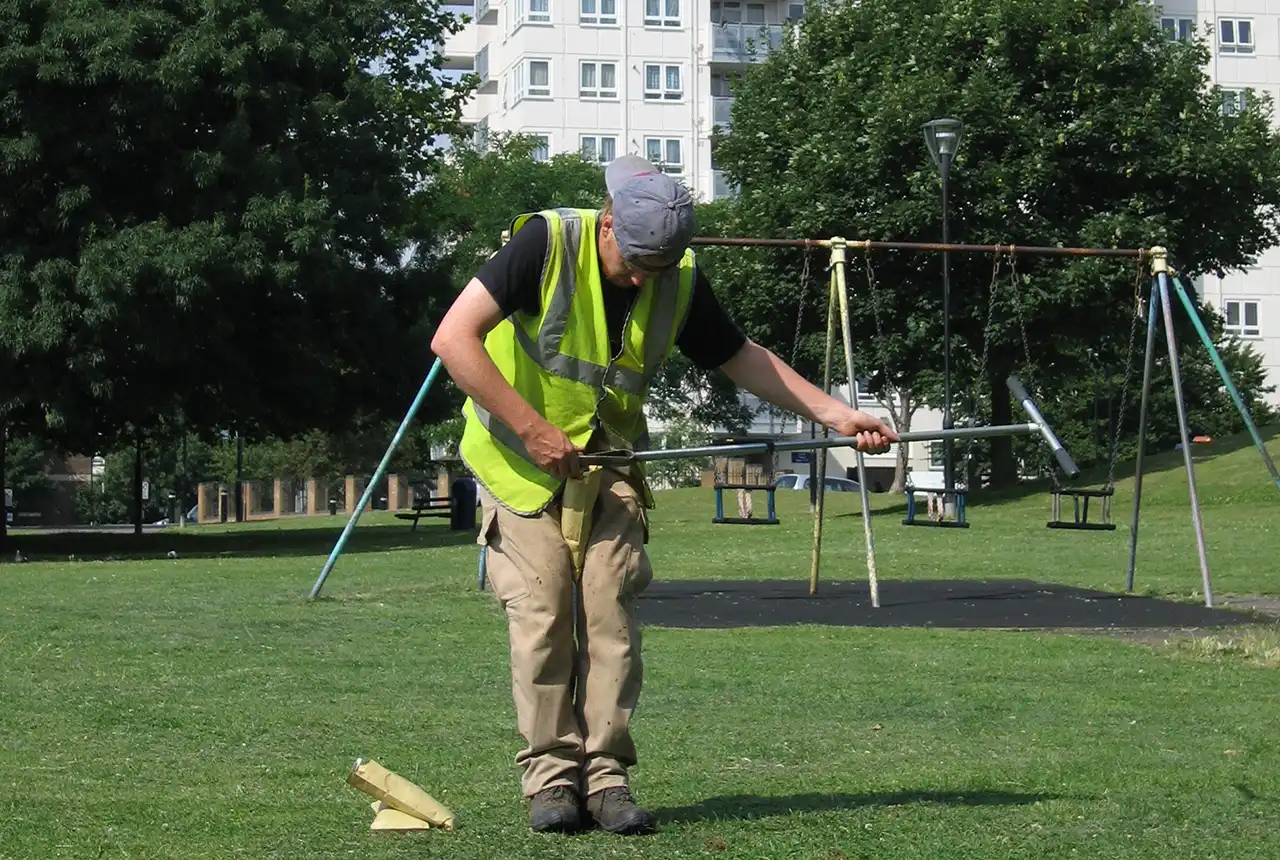
Forty years and counting: new topsoil data provides most extensive snapshot of environmental pollution effects
01/10/2024
Scientists have uncovered clear signs of the impact environmental pollution is having across the country’s soil.
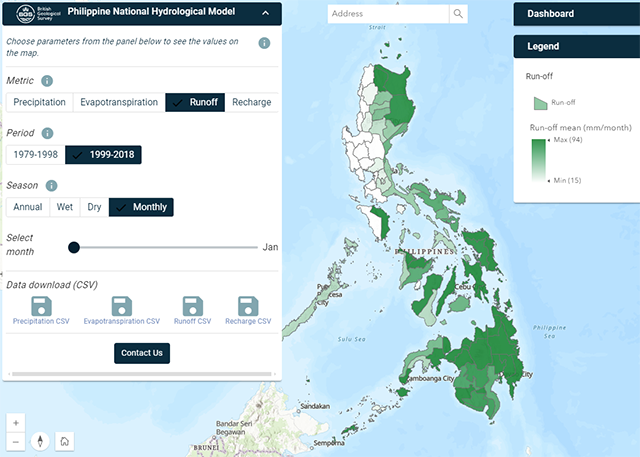
Philippine Hydrological Model
The first national-scale hydrological model of the Philippines.



